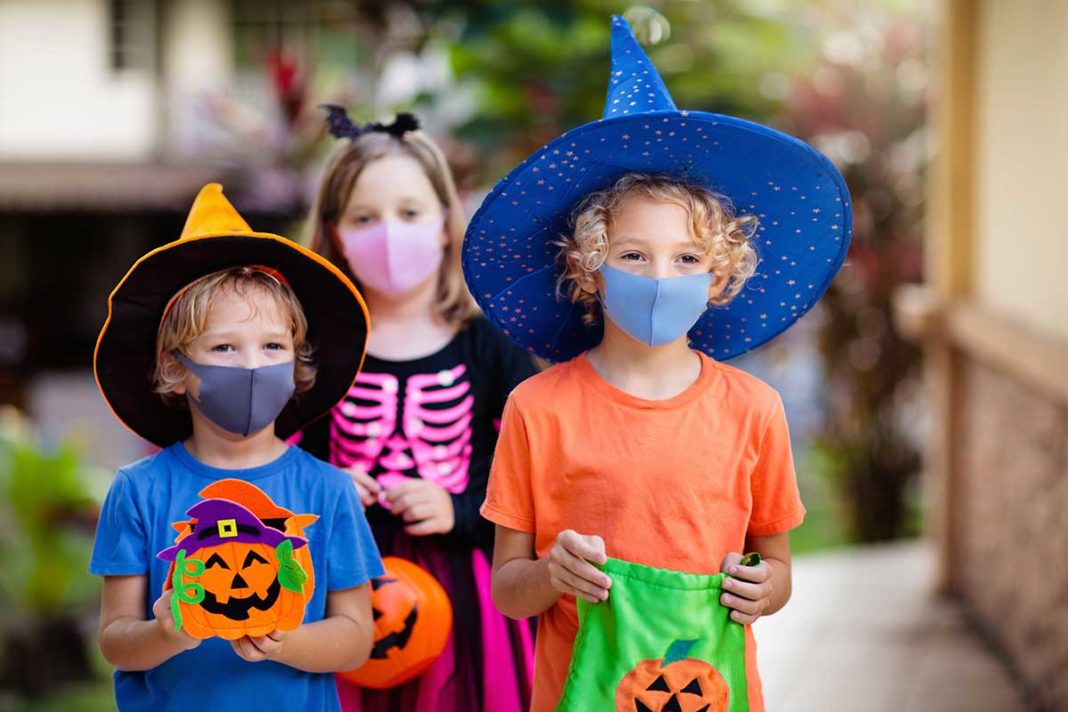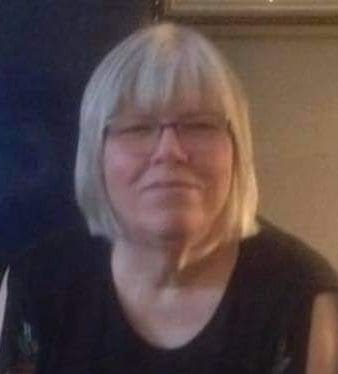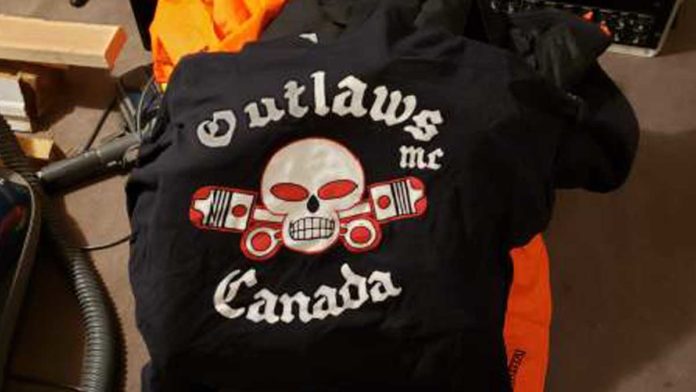SUDBURY – The Halloween season is nigh and, although the 2020 edition will be quite different from recent years due to the COVID-19 pandemic, the top doctor at Public Health Sudbury and Districts (PHSD) tells The Expositor there are still plenty of modified ways to enjoy the special day while also staying safe.
“I know people are so tired of hearing that but it’s critically important that we don’t give the virus the chance to get a stronghold here. Let’s keep our distance and celebrate Halloween but do it in a way that won’t give the virus a leg up,” said Dr. Penny Sutcliffe, medical officer of health with PHSD, in an interview with The Expositor.
Ontario has not released province-wide Halloween COVID-19 guidance as of press time Monday, October 19, but it has officially discouraged trick-or-treating in Ottawa, Toronto, York and Peel regions. PHSD is waiting on the provincial statement before it officially launches its localized advice for the Sudbury-Manitoulin area, although Canada’s chief public health officer Dr. Theresa Tam has given a cautious green light to trick-or-treating this year.
Ottawa made news in early October when public health officials encouraged families to plan Easter-style ‘candy hunts’ at home rather than trick-or-treating. That region is experiencing high rates of COVID-19 community transmission.
“We are not that jurisdiction. Our rate of transmission compared to other areas is lower but we need to keep it lower. We can still do things but we have to do them as safe as possible because the last thing we want is to have to shut down more,” said Dr. Sutcliffe.
The public has asked a higher number of Halloween questions than most other events this year, so the medical officer of health agreed to share some insights with The Expositor before the health unit’s official announcement.
“The pandemic has evolved so quickly in many ways, so we don’t want to be too quick out of the gate on Halloween advice because things could change a lot closer to the time,” she said. “We don’t expect to be in an Ottawa-type situation two weeks from now, heaven forbid, but it’s possible.”
The principal COVID-19 transmission risk from Halloween festivities is when people of different households gather together.
“I strongly discourage getting together in parties or other gatherings. We’re really recommending people stay within their households and limit their close contacts, so the same advice as Thanksgiving,” she said.
Trick-or-treating can be a relatively safe activity in this region if children don’t go out with groups of their friends.
“We recommend that both the person at the door handing out treats and the child are masked—not costume masks, real ones that cover the mouth and nose properly—and physical distancing of two metres is kept,” said Dr. Sutcliffe.
She encouraged treat-givers to find ways to minimize contact with candy, including pre-packaged treat bags or using tongs to hand out candy. Dr. Sutcliffe encouraged using creative markers like pumpkins to show two-metre distancing, not taking part if one is feeling ill, and following all other public health guidance such as handwashing.
“I don’t think (in the PHSD area) we need to cancel it entirely, but it absolutely has to be different this year,” said Dr. Sutcliffe.
She added that the current scientific understanding shows limited spread of COVID-19 transmission from hard surfaces, so washing or quarantining candy is not necessary. However, the usual advice of parents checking candy for signs of tampering still applies.
The health unit is not requiring children to limit the number of houses they visit despite more interactions increasing the potential for spread. Dr. Sutcliffe said prolonged contact is a larger risk factor than visiting a slightly higher number of houses, so avoiding trick-or-treating in multi-household groups will have more of an impact.
As for haunted houses and trails, she said the details of each one will determine if it is safe or not.
Aspects like minimizing crowding at start and end points, keeping people apart, limiting gathering numbers and minimizing contact with surfaces are all important, as is holding such spooky spectacles outside.
“It’s good for our mental health to get out and do stuff. It’s good for kids, good for families, maybe not good for our teeth or nutrition but everything needs to be balanced,” she said.
Dr. Sutcliffe again stressed that these perspectives, shared on October 16, could easily change based on forthcoming provincial guidelines and changes in local transmission levels.
“At this time, this is our advice and it could change but to the readers, take this seriously because we’ve done really well so far in the Northeast. Part of that is because we’re seeing waves all around us and we can take advantage of what other people have done and put protective measures in place before it hits us,” she said.
PHSD has not yet declared a second surge of COVID-19 because it has not seen a massive growth in community transmission or shortening of its case-number doubling time. The health unit has had about 112 confirmed cases since the start of the pandemic but the growth rate remains relatively flat.
Dr. Sutcliffe suggested people take parties virtual this year and engage in safer activities such as pumpkin carving at home. She urged all drivers to watch out for young children who may be out with their families on Halloween night.





